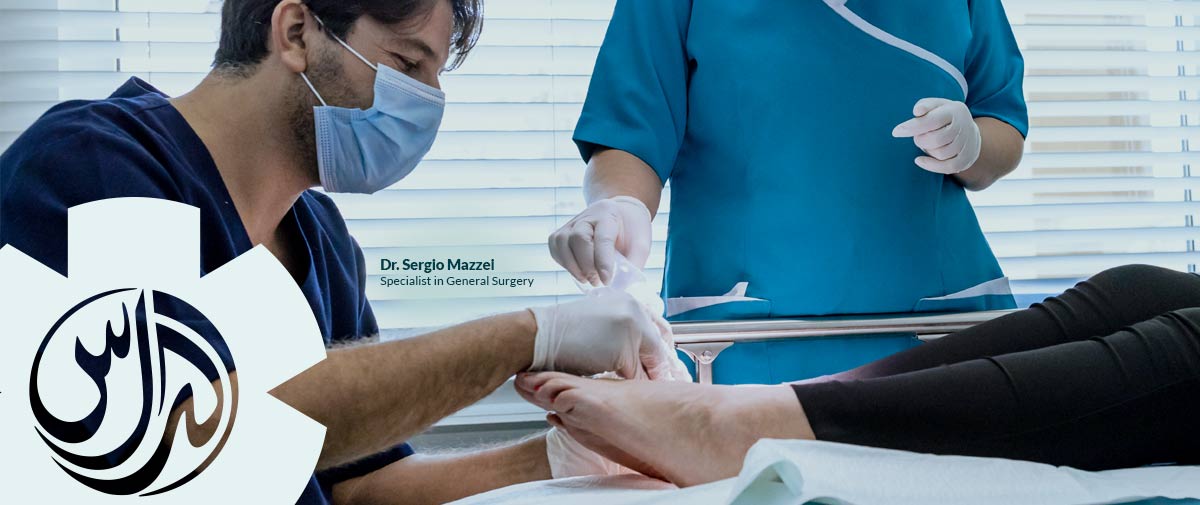Understanding Pressure Injuries: Diagnosis, Treatment, and Prevention Strategies
By Dr. Sergio Mazzei, General Surgeon

Pressure injuries, commonly known as bedsores, typically develop due to various types of force exerted on the skin’s surface. Understanding the stages of these injuries is crucial for assessing their severity and mitigating the risk of infection. An untreated, infected wound could compromise the entire body.
Diagnosis by Healthcare Professionals
Healthcare providers usually diagnose pressure injuries through a comprehensive physical examination.
The Underlying Causes of Pressure Injuries
Pressure injuries can manifest when different types of force damage the skin and underlying tissues. The principal forces involved include:
• Pressure: Sustained pressure on the skin occurs when an individual remains in a single position for an extended period.
• Shear: This type of force occurs when the bed’s head is elevated, causing the body to slide downward. While the skin may adhere to the bed sheets, internal structures sustain damage.
• Moisture: Bodily fluids like sweat, urine, and fecal matter, when left on the skin, can cause excessive dampness, elevating the risk of developing pressure injuries.
- Alterations in skin color
- Swelling, pain, or localized tenderness
- Temperature variations in the skin
- Skin degradation, exposing deeper tissue layers
- Discharge of pus from an open wound
Comprehensive Treatment Options
Medical professionals tailor treatment approaches based on the wound’s stage and severity. The first step typically involves cleaning the wound with a saline solution. Subsequent care focuses on maintaining a clean, moist environment, often with specialized dressings such as:
• Hydrogel-based dressings paired with a dry outer layer
• Foam dressings
• Hydrocolloid dressings
• Alginate dressings (derived from seaweed)
Additionally, debridement—the removal of dead tissue—may be necessary to expedite healing. Various methods for debridement include:
• Ultrasound: Utilizes sound waves to eliminate dead tissue.
• Irrigation: Employs pressurized fluid to cleanse the wound.
• Laser: Utilizes focused light beams to eradicate dead tissue.
• Biosurgery: Introduces maggots to remove bacteria and dead tissue.
• Surgical: Physically excises the dead tissue and sutures the wound.
• Topical: Applies medical-grade honey or enzymatic ointments.
To minimize the risk of pressure injuries:
- Regularly inspect the skin and keep it clean, free from bodily fluids.
- Shift body positions frequently, particularly for those unable to move independently.
- Use foam wedges and pillows to alleviate pressure on bony body parts when repositioning.
- Maintain a nutritious diet to bolster wound healing and general well-being.
Need Professional Help?
If you or a loved one is dealing with pressure injuries, our expert general surgeons at Al Das Medical Clinic are here to provide personalized treatment options tailored to your specific needs.
With clinics located in Palm Jumeirah, The Meadows, and Golden Mile, comprehensive care is just a call away. Don’t delay; book your appointment today to get the specialized care you deserve.
Book a visit 04 452 9998 or by filling the online form